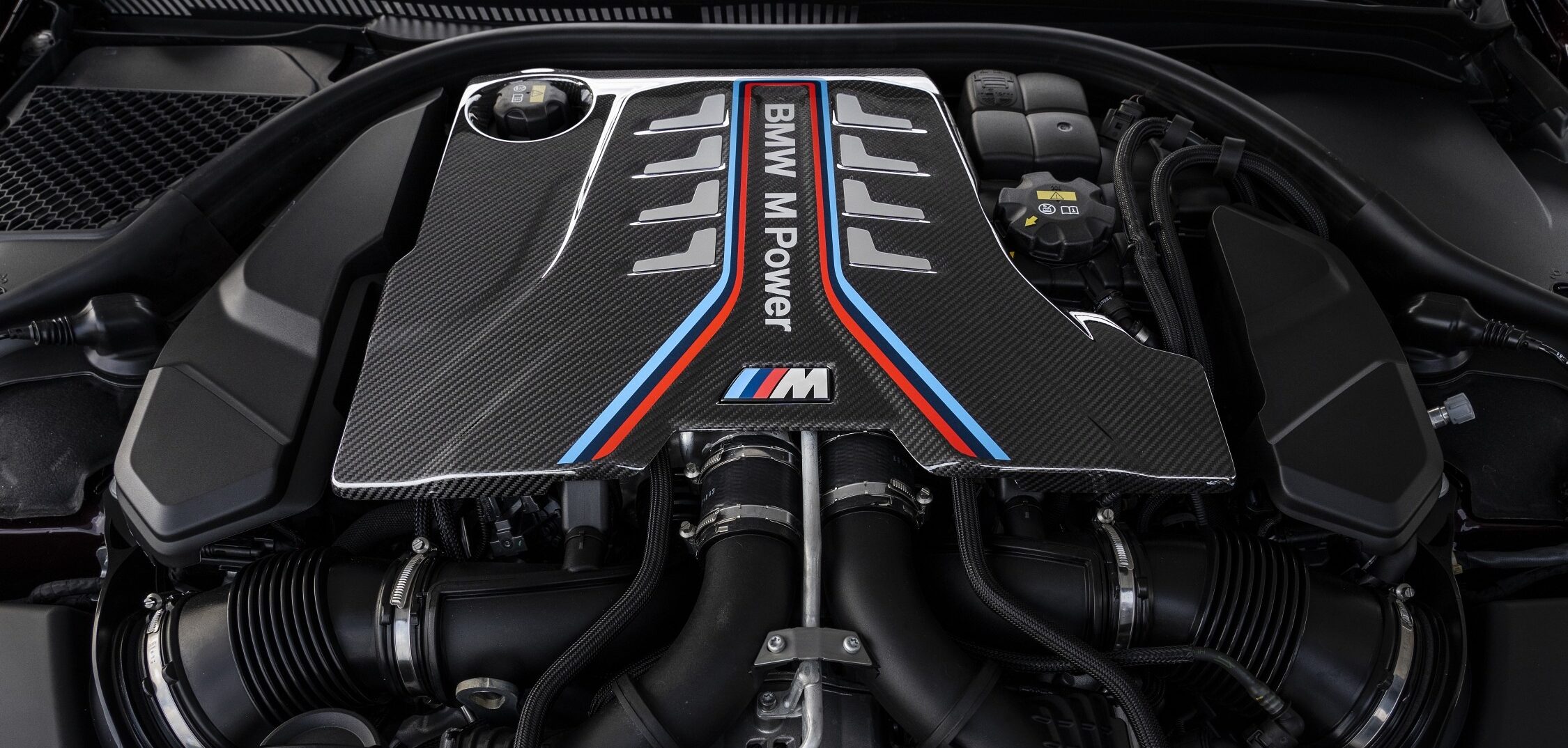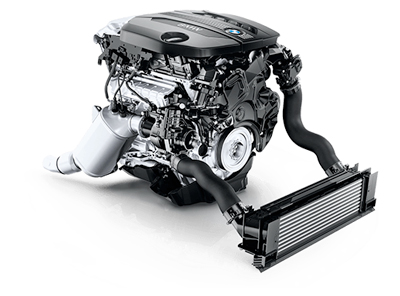The Function of BMW Engine Design in Getting Exceptional Fuel Effectiveness
Exploring the Evolution of Burning Engines in Modern Transport Equipments
As we navigate the landscape of contemporary transport, the evolution of burning engines stands as a testament to human ingenuity and engineering prowess. From their humble beginnings to the sophisticated powerhouses driving vehicles today, burning engines have actually undertaken an impressive journey of development and adaptation. Comprehending the details of this advancement not just sheds light on the past yet additionally leads the way for visualizing what lies ahead in the world of transportation technology. The interplay of history, innovation, and ecological problems in shaping the trajectory of burning engines develops a story that is both insightful and compelling.
Early Beginnings of Combustion Engines
Just how did the idea of burning engines very first arise in the early phases of transportation development? The origins of combustion engines can be traced back to the 17th century when the principles of internal combustion were initial explored.
The development minute featured the creation of the initial effective gasoline-powered engine by Karl Benz in 1885 - bmw engine. This engine led the way for the advancement of the modern auto, reinventing transportation systems worldwide. Subsequent innovations by Nikolaus Otto and Gottlieb Daimler even more refined combustion engine technology, bring about the automation of vehicles and the rapid expansion of the transportation industry
These very early burning engines were defined by their simplicity and performance, laying the structure for the complex and effective engines made use of in contemporary transport systems. The evolution of combustion engines has been crucial in shaping the means we take a trip and transfer goods, noting a substantial landmark in the history of transportation advancement.
Shift to Internal Burning Innovation
The change to internal combustion innovation marked a critical shift in the advancement of transport systems. This change began in the late 19th century, with creators like Nikolaus Otto and Gottlieb Daimler creating the very first successful interior combustion engines. These engines transformed transportation by offering an extra effective and powerful choice to steam engines and electrical motors.
One of the essential advantages of interior burning engines was their capacity to be reduced to suit cars, bring about the advancement of autos and bikes. This shift from bulky, stationary engines to compact, mobile ones led the method for the contemporary transportation systems we see today.
The shift to inner burning modern technology additionally spurred innovations in gas modern technology, causing the development of gas and diesel as main gas sources for cars. This shift not only made transport a lot more obtainable to the masses however likewise laid the foundation for the oil and gas market to come to be integral to international economic situations.
Influence of Combustion Engines on Transport
The adoption of burning engines in transport systems catalyzed a profound change in the efficiency and rate of international wheelchair. Combustion engines revolutionized transport by providing a trusted and flexible source of power for various cars, consisting of autos, ships, vehicles, and aircrafts. This innovation significantly enhanced the capability for individuals and goods to conform cross countries in much shorter amount of time, leading to increased connectivity between areas and nations.
Additionally, the extensive use of burning engines has had a substantial effect on economic development. The capacity to carry products successfully has stimulated profession and commerce, permitting services to broaden their markets and get to consumers worldwide. This has actually promoted financial growth and globalization, as products can currently be transported quicker and in bigger quantities than in the past.
Nonetheless, the environmental impact of burning engines can not This Site be overlooked. The burning of nonrenewable fuel sources has caused air pollution and greenhouse gas emissions, adding to climate adjustment and posturing health risks to populaces. bmw engine. Therefore, there is an expanding emphasis on creating her comment is here alternative propulsion modern technologies to mitigate these adverse results and produce a much more lasting future for transport
Technologies in Combustion Engine Design
One significant advancement is the development of turbocharged engines, which use exhaust gases to drive a wind turbine that compresses incoming air, allowing for even more gas to be scorched, resulting in increased power outcome without a significant boost in engine dimension. Variable shutoff timing systems have additionally revolutionized engine design by optimizing air flow at various engine speeds, boosting both power and effectiveness. These developments collectively add to the continuous enhancement of burning engines in contemporary transport systems.
Future Fads in Burning Engine Advancement
With modern technology advancements driving continual development, the future of combustion engine development is poised to revolutionize transportation systems around the world. One of the vital trends in combustion engine advancement is the press towards higher efficiency and lowered discharges. Suppliers are investing heavily in r & d to improve engine performance while meeting rigorous ecological regulations. This consists of the combination of advanced fuel injection systems, improved turbocharging approaches, and making use of light-weight materials to optimize gas usage and minimize carbon emissions.
Another prominent trend is the adoption of crossbreed modern technologies in combustion engines. Hybrid my response engines combine conventional combustion innovation with electrical power, supplying boosted gas effectiveness and lower emissions. As the automotive market changes in the direction of electrification, crossbreed combustion engines are seen as a transitional remedy that links the space in between standard automobiles and completely electric ones.
Moreover, the integration of smart modern technologies, such as expert system and data analytics, is expected to play a considerable role in the future of burning engine growth. These technologies can maximize engine efficiency in real-time, resulting in a lot more efficient burning processes and improved overall automobile performance. Welcoming these future trends will certainly not only drive development in burning engine growth yet also add to an extra ecologically friendly and sustainable transportation environment.

Conclusion
To conclude, the advancement of combustion engines in contemporary transport systems has been marked by significant innovations in innovation and design. From the very early beginnings of combustion engines to the shift to inner combustion technology, these engines have had a profound effect on transport. Technologies in combustion engine layout continue to drive development in this area, with future fads concentrating on further boosting efficiency and lowering exhausts. The future of combustion engines in transportation looks appealing as r & d efforts remain to push boundaries.
The roots of burning engines can be mapped back to the 17th century when the principles of interior combustion were very first checked out. These engines reinvented transportation by supplying a more effective and reliable choice to heavy steam engines and electric motors.
